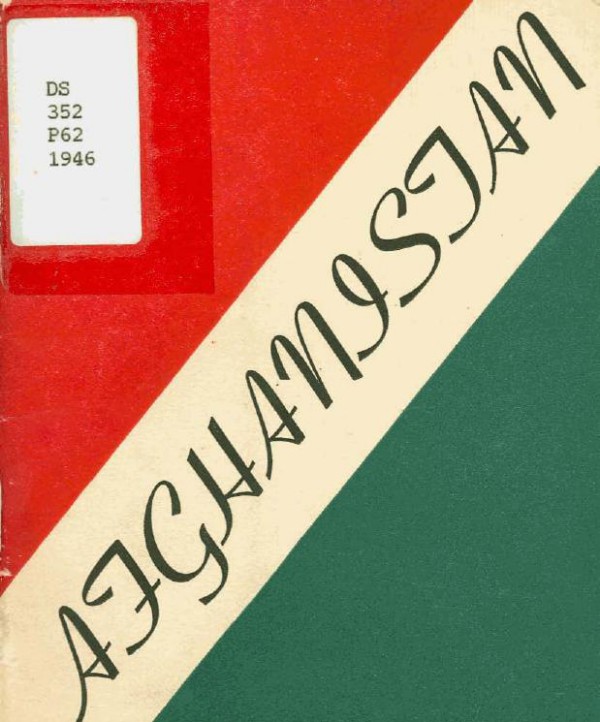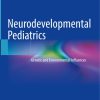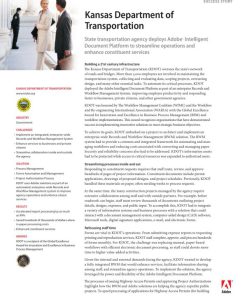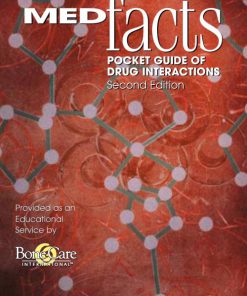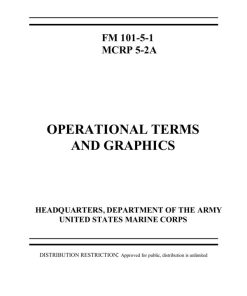Pocket guide to Afghanistan 1st Edition by Department of State
$50.00 Original price was: $50.00.$25.00Current price is: $25.00.
Authors:Department of State , Tags:Afghanistan , Author sort:State, Department of , Languages:Languages:eng , Published:Published:Aug 2007
Pocket guide to Afghanistan 1st Edition by Department of State – Ebook PDF Instant Download/Delivery.
Full download Pocket guide to Afghanistan 1st Edition after payment
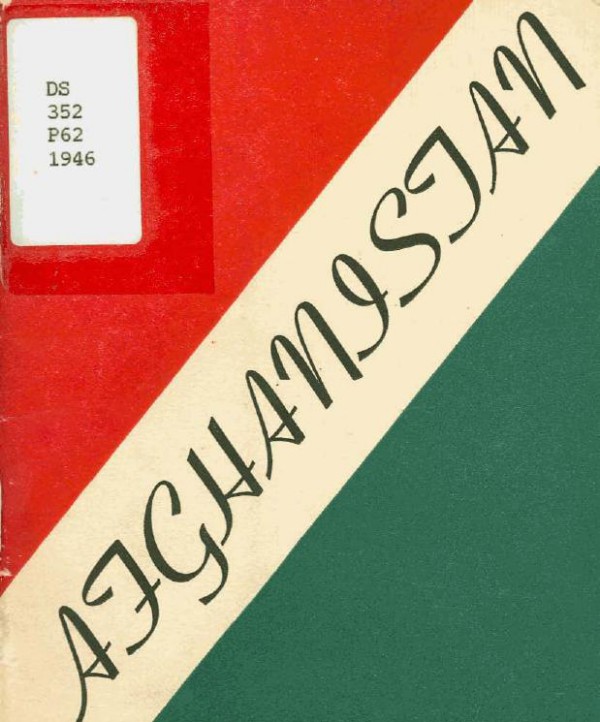
Product details:
ISBN 10:
ISBN 13:
Author: Department of State
The Pocket Guide to Afghanistan is an essential resource for anyone seeking a comprehensive understanding of Afghanistan, its culture, geography, history, and the socio-political environment. Published by the U.S. Department of State, this guide offers critical insights for diplomats, aid workers, military personnel, journalists, and travelers who need to navigate the complexities of the country.
This practical guide covers a range of topics, from Afghanistan’s geography and climate to its rich cultural heritage and political landscape. The guide provides key information on the local customs, religious practices, and the languages spoken, helping readers understand the social dynamics that influence daily life in Afghanistan. Additionally, the guide includes up-to-date data on Afghanistan’s infrastructure, economy, and security situation, making it a crucial tool for professionals working in or with Afghanistan.
Key highlights of the Pocket Guide to Afghanistan include:
- Geographical Overview: Descriptions of Afghanistan’s diverse terrain, including mountains, deserts, and urban centers.
- Political Landscape: Information on the Afghan government, political history, and key figures.
- Cultural Insights: An introduction to Afghan traditions, customs, and the role of religion, particularly Islam, in shaping the nation’s values.
- Travel and Safety Tips: Practical advice for those planning to visit or work in Afghanistan, including safety protocols, transportation options, and health considerations.
- Economic Overview: Key information about Afghanistan’s economy, industries, and challenges it faces in terms of development and international aid.
This guide serves as both a reference and a practical tool for understanding the challenges and opportunities in Afghanistan, offering valuable context for anyone working in international relations, development, or humanitarian efforts in the region. Whether you’re preparing for a deployment, conducting research, or simply seeking to learn more about the country, the Pocket Guide to Afghanistan is an indispensable companion.
Pocket guide to Afghanistan 1st Edition Table of contents:
Chapter 1: Afghanistan at a Glance
1.1 Geography and Climate
- Location, major regions, terrain, and climate zones.
1.2 Key Cities and Regions - Overview of major cities such as Kabul, Kandahar, Herat, and Mazar-i-Sharif.
1.3 Maps and Travel Routes - Useful maps and travel information for navigating Afghanistan.
Chapter 2: Historical Background
2.1 Early History and Ancient Civilizations
- The origins of Afghanistan, key historical civilizations, and cultural development.
2.2 The Rise of the Modern Nation - Key events leading to the formation of modern Afghanistan, from the 18th century to the 20th century.
2.3 The Soviet Invasion and Civil War - Impact of the Soviet occupation and the civil war in the 1980s and 1990s.
2.4 Post-Taliban Reconstruction and Conflict - Developments following the fall of the Taliban, international intervention, and ongoing challenges.
Chapter 3: Political Structure
3.1 Government and Political System
- Description of the Afghan government, including the executive, legislative, and judicial branches.
3.2 Key Political Figures and Parties - Notable leaders and political organizations in Afghanistan.
3.3 The Role of International Relations - Afghanistan’s relations with its neighbors and the international community.
3.4 Challenges to Governance - Political instability, corruption, and efforts toward democratic reforms.
Chapter 4: Afghan Culture and Society
4.1 Ethnic Groups and Languages
- Overview of Afghanistan’s diverse ethnic groups (Pashtun, Tajik, Hazara, Uzbek) and the languages spoken (Dari, Pashto).
4.2 Religious Practices and Beliefs - The role of Islam in Afghanistan, along with other minority religious groups.
4.3 Family and Social Structures - Understanding family life, social expectations, gender roles, and societal norms.
4.4 Traditions and Celebrations - Key cultural practices, holidays, and festivals celebrated in Afghanistan.
Chapter 5: Economy and Development
5.1 Economic Overview
- Key industries (agriculture, mining, manufacturing), economic challenges, and resources.
5.2 International Aid and Development - Role of international organizations and foreign aid in Afghanistan’s reconstruction and development.
5.3 Challenges to Economic Growth - Issues such as poverty, unemployment, infrastructure, and the impact of conflict on the economy.
5.4 Afghanistan’s Economic Future - Potential for growth and stability in the Afghan economy, including efforts toward self-sufficiency.
Chapter 6: Security and Conflict
6.1 The Ongoing Conflict
- Overview of the conflict involving the Taliban, ISIS, and other insurgent groups.
6.2 The Role of the Afghan National Security Forces - Structure, challenges, and capabilities of the Afghan military and police forces.
6.3 International Security Forces and NATO - The role of NATO and international security forces in Afghanistan’s ongoing efforts to maintain peace.
6.4 Security Challenges and Risk Areas - High-risk regions, security concerns, and the impact on civilians.
Chapter 7: Infrastructure and Living Conditions
7.1 Transportation and Communication
- Overview of roads, air transport, and communication infrastructure in Afghanistan.
7.2 Healthcare and Education - The state of Afghanistan’s healthcare system, challenges, and education sector.
7.3 Utilities and Housing - Access to electricity, water, and housing conditions for the population.
7.4 Humanitarian Issues - Ongoing humanitarian challenges, including displacement, food insecurity, and human rights.
Chapter 8: Foreign Relations and Diplomacy
8.1 Afghanistan’s Diplomatic Landscape
- Afghanistan’s relations with neighboring countries such as Pakistan, Iran, and India.
8.2 International Partners and Assistance - Role of the United States, United Nations, and other international organizations in Afghanistan’s recovery.
8.3 Terrorism and Counterterrorism Efforts - International efforts to combat terrorism and extremism in Afghanistan.
8.4 Afghanistan’s Role in Regional Security - Afghanistan’s strategic position in South Asia and Central Asia.
Chapter 9: Practical Information for Travelers and Diplomats
9.1 Visa and Entry Requirements
- Information on entry regulations, visa procedures, and travel tips for foreign nationals.
9.2 Safety and Security Guidelines - Safety advice, risk assessments, and recommendations for maintaining personal security in Afghanistan.
9.3 Cultural Etiquette and Behavior - Practical tips on respecting Afghan customs, traditions, and social norms.
9.4 Emergency Contacts and Resources - Contact information for embassies, consulates, and emergency services in Afghanistan.
People also search for Pocket guide to Afghanistan 1st Edition:
a guide to afghanistan
a guide to afghan documents
travel guide afghanistan
b-1b afghanistan
You may also like…
eBook PDF
Operational Terms and Graphics 1st Edition by Department of the Army ISBN 1973920514 9781973920519
eBook EPUB
The Pocket Guide to Cyber Security 1st edition by James H, Usha D ISBN B08GV97RYH 979-8664594683

